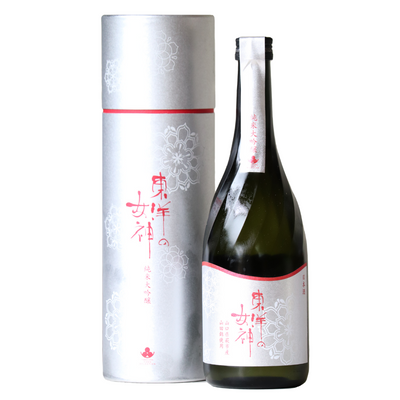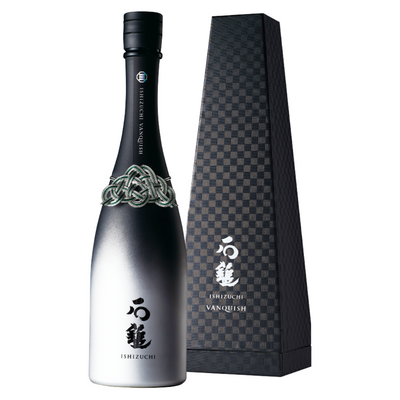Part 5: How is Sake stored and served?
Sake is easily damaged if it is exposed to high temperature, light, or oxygen. A good rule of thumb is to treat sake like wine, though there are a few key differences.
Keep it cool: ideally, even for short-term storage, sake should be refrigerated. This is especially important for Nama (unpasteurized) sake and Ginjo / Daiginjo. If that’s not possible, room temperature should be fine as well for all except unpasteurized sake.
Drink it young: sake is generally made not to be aged but to be consumed as is, which usually means within one year of production. Nama (unpasteurized) sake should be consumed even more quickly. If you can get your hands on a bottle you should absolutely drink it within a few weeks to a month of it being produced, and within a few days after opening it.
Store the bottle upright: In order to reduce the contact with oxygen, store bottles standing upright.
Avoid light: sake is very sensitive to sun and artificial light so store it in a dark place.
After opening: once opened, the bottles should be sealed and refrigerated, and ideally vacuum-sealed. We recommend consuming an opened bottle within a week or two (or within a few days in the case of unpasteurized sake). Pro tip: we sell a handy bottle vacuuming pump here
Sake drinking vessels and service
O-choko: Are the most commonly seen sake sups with a broad range of sizes, shapes, and materials. Due to their small size, they need to be refilled regularly, which is a reflection of traditional Japanese hospitality. O-choko are usually used in restaurants and at home when drinking with friends or family or when drinking warm sake
Masu: Are the other traditional drinking vessels. These are small cedar boxes that can be used in combination with a shot glass. Traditionally, masu were used as measuring devices for rice but now are also used for serving sake in ceremonial occasions.
Tokkuri: In restaurants, you will often be served sake in a carafe, called a Tokkuri. This is used for heating (or chilling) and serving sake and can range in size from 150-300ml but is most often 180ml.
Wine Glasses: It might come as a surprise, but we highly recommend drinking sake from a wine glass. Though it may not feel like the most authentic thing to do, serious sake drinks are almost universally moving in this direction. Because of the shape and ability to concentrate aromas, we believe that a wine glass will transform your sake drinking experience and present sake in the best light possible. This doesn’t apply to hot sake though.
Sake serving temperature
The recommended serving temperature of sake depends largely on the type of sake.
Generally, warming sake makes it appear more intense, full-bodied and highlights acidity. In contrast, Ginjo or Daiginjo sake might lose their delicate aromas and flavors when heated. Sake that is rich in umami (like Jumai-type or aged sake) could possibly be a good candidate for drinking warm, but that depends on the specific sake.




